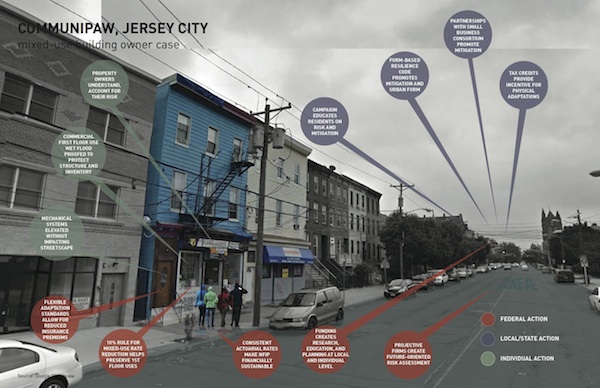Design and Politics – Managing Risks and Vulnerabilities
Contemporary spatial design faces a political paradox. To address emerging environmental challenges and the risk of climate-related disasters, it must transcend political boundaries to operate regionally, at the scale of \’landscape urbanism\’. But the regional scale does not exist as a formal governance structure. And when regional authorities do exist, they are not politically sanctioned to make comprehensive decisions about policies, projects and investments. At the same time, the formal governance structures that do have authority to act – states and cities – often lack the capacity to implement comprehensive approaches that enhance resilience over the long run, or the strategic partnerships to collaborate on the necessary scale. With this in mind, designers must engage both space and politics, proposing environmental strategies at the scale of the region connected with series of localized interventions while exploiting the tension between both and thus constructing political coalitions that have the authority to see those interventions through.
It is in this tangled context that the Hurricane Sandy-affected region found itself after the 2012 storm, as states, counties and municipalities grapple with the reality of sea level rise and climate risk. An outcome of President Obama’s Hurricane Sandy Rebuilding Task Force, the \”Design & Politics\” studio, like Rebuild by Design (the international consortium of design teams now working on post-Sandy solutions) aims to find ways of directing disaster relief spending across political boundaries. “Design & Politics” will consider the Sandy-affected region by identifying different layers of risks and vulnerabilities and designing spatial and political systems that carry significant regional impact.
The studio will work in a process parallel to \’Rebuild by Design\’ and be inspirational, inspired and reflective and thus contribute to the bigger goal of regional resilience by design.
